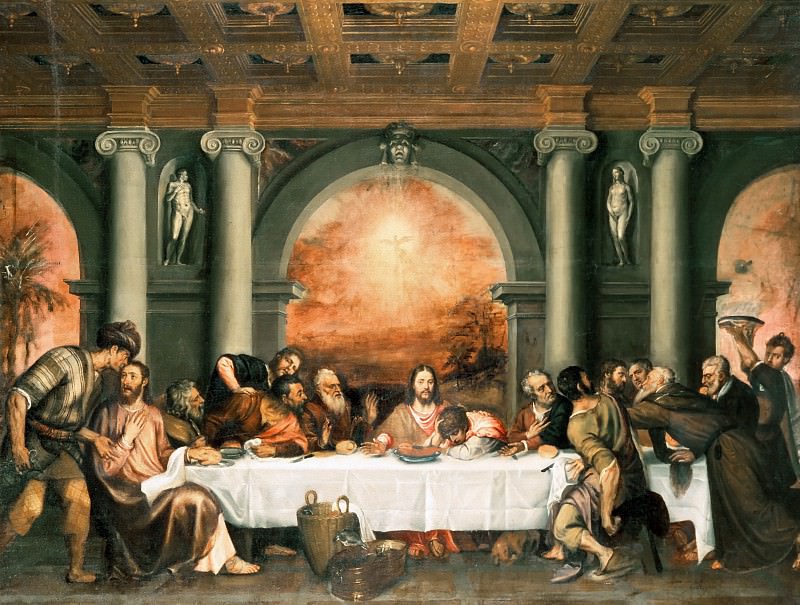Susan Kare: The Pioneer of Iconic Pixel Art
Susan Kare is a name that resonates profoundly in the world of digital art and graphic design. Known as the "woman who gave the Macintosh a smile," Kare's contributions to early computing have left an indelible mark on how we interact with technology today. Her work is characterized by a unique blend of simplicity, clarity, and wit, qualities that have made her designs timeless and instantly recognizable.
The Birth of Pixel Art
Pixel art, as it is understood today, owes much of its aesthetic and conceptual framework to Susan Kare. In the early 1980s, as the personal computer revolution was gaining momentum, there was a need for intuitive and user-friendly interfaces. Kare, who was initially a sculptor and painter, was recruited by Apple to create a set of icons and interface elements for their new Macintosh computer.
At the time, computer graphics were limited to a grid of pixels, and Kare had to work within the constraints of this medium. This challenge was not just technical but also artistic; each pixel had to be placed with precision to convey meaning, personality, and function. Kare's background in fine arts gave her a unique perspective, enabling her to approach pixel art as a form of visual language. Her work set the foundation for what would become a critical aspect of human-computer interaction.
Iconic Icons
Among Susan Kare's most famous creations are the original Macintosh icons. The smiling "Happy Mac" that greeted users when they booted up their computers, the paintbrush for MacPaint, and the bomb icon that indicated a system crash are just a few examples of her work that have become ingrained in popular culture.
Kare’s approach to icon design was grounded in the idea of creating images that were both universal and instantly understandable. She often drew inspiration from everyday objects and symbols, translating them into the digital realm with remarkable clarity. The trash can icon, for instance, is a simple yet effective representation of deleting files, and the scissors icon for cutting text or images is immediately recognizable. These icons were not just functional; they had a personality that made the Macintosh feel friendly and accessible.
Her work on fonts, such as the Chicago typeface, also played a crucial role in shaping the visual identity of the Macintosh. Chicago was designed to be legible on the low-resolution screens of the time, and it became the default system font for the Mac OS until 1997. The typeface’s bold, blocky letters were a perfect match for the pixelated icons, contributing to a cohesive and distinctive user interface.
Beyond the Macintosh
While Susan Kare is best known for her work on the Macintosh, her influence extends far beyond Apple. After leaving Apple in 1986, she continued to create iconic designs for other tech companies, including Microsoft and IBM. Her work on the original Windows 3.0 icons, such as the paintbrush and the hourglass, helped establish the visual language that would define the Windows operating system for years to come.
Kare also worked on projects outside of the tech industry, including design work for companies like Facebook, Pinterest, and PayPal. Her ability to distill complex ideas into simple, elegant images made her a sought-after designer across various fields. Whether designing icons for software, creating digital stickers, or developing corporate logos, Kare’s work has always been characterized by its clarity and impact.
The Art of Visual Communication
Susan Kare's art is not just about creating aesthetically pleasing images; it is about communication. Each icon, font, and graphic she has designed serves as a bridge between the user and the technology, making complex processes intuitive and accessible. This focus on communication is what sets her work apart from other digital artists.
Kare has often spoken about the importance of designing with the user in mind. She believes that good design should be invisible, meaning that it should be so intuitive that users do not even think about it. This philosophy is evident in her work, where every pixel serves a purpose, and every design element is carefully considered.
Her approach to design is also deeply humanistic. In an industry that is often driven by technical specifications and engineering constraints, Kare’s work reminds us that at the end of the day, technology is meant to serve people. Her icons are not just functional; they have a warmth and friendliness that make them feel approachable and even endearing. This human touch is what makes her work resonate with users on a personal level.
The Legacy of Susan Kare
Susan Kare's impact on the world of digital design cannot be overstated. Her work has not only defined the look and feel of some of the most important products in computing history but has also set the standard for what good design should be. In an era where digital interfaces are ubiquitous, Kare's influence is more relevant than ever.
Her legacy is evident in the countless designers who have been inspired by her work. The principles she established in the 1980s—simplicity, clarity, and a focus on the user—continue to guide designers today. As technology evolves, the need for intuitive and human-centered design becomes even more critical, and Susan Kare’s work serves as a timeless example of how to achieve it.
Kare’s contributions have been recognized in various ways over the years. In 2015, she was awarded the AIGA Medal, one of the highest honors in the field of design, for her work in interface design. Her work is also part of the permanent collection at the Museum of Modern Art in New York, solidifying her status as a pioneer in both art and technology.
The Evolution of Digital Art
The art world has long been divided between traditional forms and new media, but Susan Kare's work has helped to bridge that gap. Her pixel art, created out of necessity during the early days of computing, has gained recognition as a legitimate form of artistic expression. Today, digital art is a thriving field, with artists using technology in innovative and creative ways, and Kare’s work is often cited as a key influence.
As digital art continues to evolve, the foundations laid by pioneers like Susan Kare will remain important. The principles of simplicity, clarity, and communication that she championed are just as relevant in today’s world of high-resolution screens and complex interfaces as they were in the days of the Macintosh.
Conclusion: Susan Kare's Enduring Influence
In conclusion, Susan Kare's contributions to the world of digital art and design are vast and enduring. Her work on the original Macintosh icons and fonts not only defined the look and feel of early computing but also set the standard for user-centered design. Through her art, Kare has made technology more accessible, intuitive, and even fun.
Her legacy lives on in the countless designers who continue to draw inspiration from her work, and in the millions of users who interact with her designs every day. As technology continues to advance, the need for clear, simple, and human-centered design will only grow, and Susan Kare’s work will continue to serve as a guiding light for designers everywhere.
Kare's art is a testament to the power of simplicity and the importance of designing with the user in mind. Her icons, fonts, and graphics are more than just images on a screen; they are a form of visual communication that has shaped the way we interact with technology. In a world that is increasingly digital, Susan Kare’s art reminds us that good design is not just about aesthetics, but about making technology work for people.




